Case Study: Adaptive Behavioral Interventions Through Design
- Dr. Aram Ghazaryan

- Feb 23, 2024
- 2 min read
Updated: Jul 31, 2025
Background
Organizations across various sectors are increasingly recognizing the impact of design on human behavior, particularly in promoting healthier, more productive, and sustainable behaviors among their stakeholders. This case study outlines a novel methodology developed to measure and adaptively improve the influence of design on human behavior within any given environment. The methodology leverages insights from behavioral science to integrate environmental nudges via diverse design means, including interior and exterior architecture, lighting, auditory cues (voice), and visual cues (texts, photos, videos).
Objective
The primary objective of this methodology is to identify, implement, and refine the most effective environmental nudges that encourage desirable behaviors in a targeted population. The approach is designed to be broadly applicable and adaptable, capable of being tailored to various design means and environments, from office spaces and schools to public buildings and urban spaces.
Methodology
Initial Assessment and Baseline Measurement: Conduct a comprehensive analysis of the current environment and behaviors. This stage involves gathering data on how individuals interact with their surroundings and identifying potential areas for behavioral interventions.
Identification of Behavioral Interventions: Utilizing insights from behavioral science, particularly those related to nudges and choice architecture, identify a set of potential environmental modifications. These modifications could range from architectural changes and lighting adjustments to the strategic placement of auditory and visual cues.
Rapid Prototyping and Implementation: Implement the identified interventions in a controlled manner, allowing for quick iteration and adaptation based on initial feedback and observed behaviors.
Data Collection and Analysis: Continuously monitor and collect data on the impact of the implemented interventions on human behavior. This involves both quantitative and qualitative measures to assess changes in behavior patterns.
Adaptive Improvement: Based on the data analysis, refine and adjust the interventions to enhance their effectiveness. This iterative process ensures the interventions are continuously optimized for the desired behavioral outcomes.
Scaling and Replication: Once an intervention proves effective in achieving the desired behavioral changes, explore opportunities for scaling and replicating the intervention in different contexts or environments.
Case Application
As an example, consider a corporate office aiming to enhance health and productivity among its staff. The methodology was utilized to craft interventions centered around dynamic lighting to align with natural daylight cycles, fostering improved alertness and well-being. By iteratively testing and refining these lighting strategies, the optimal configuration was pinpointed and adopted throughout the company. This strategic implementation led to noticeable improvements in employee health and work efficiency, demonstrating the impact of carefully designed environmental changes on organizational performance.
Insights and Conclusion
This methodology underscores the importance of a data-driven and adaptive approach to integrating behavioral interventions within design. By leveraging environmental nudges across various design means, organizations can effectively influence human behavior toward desired outcomes. Key insights from the application of this methodology include:
The effectiveness of environmental nudges can vary significantly based on the context and the specific behaviors being targeted.
Rapid prototyping and iterative refinement are crucial for identifying the most effective interventions.
A multidisciplinary approach, combining insights from behavioral science, design, and data analysis, is essential for the successful implementation of behavioral interventions.
This case study demonstrates the potential of adaptive behavioral interventions through design to promote positive changes in human behavior across various environments and contexts.





Comments